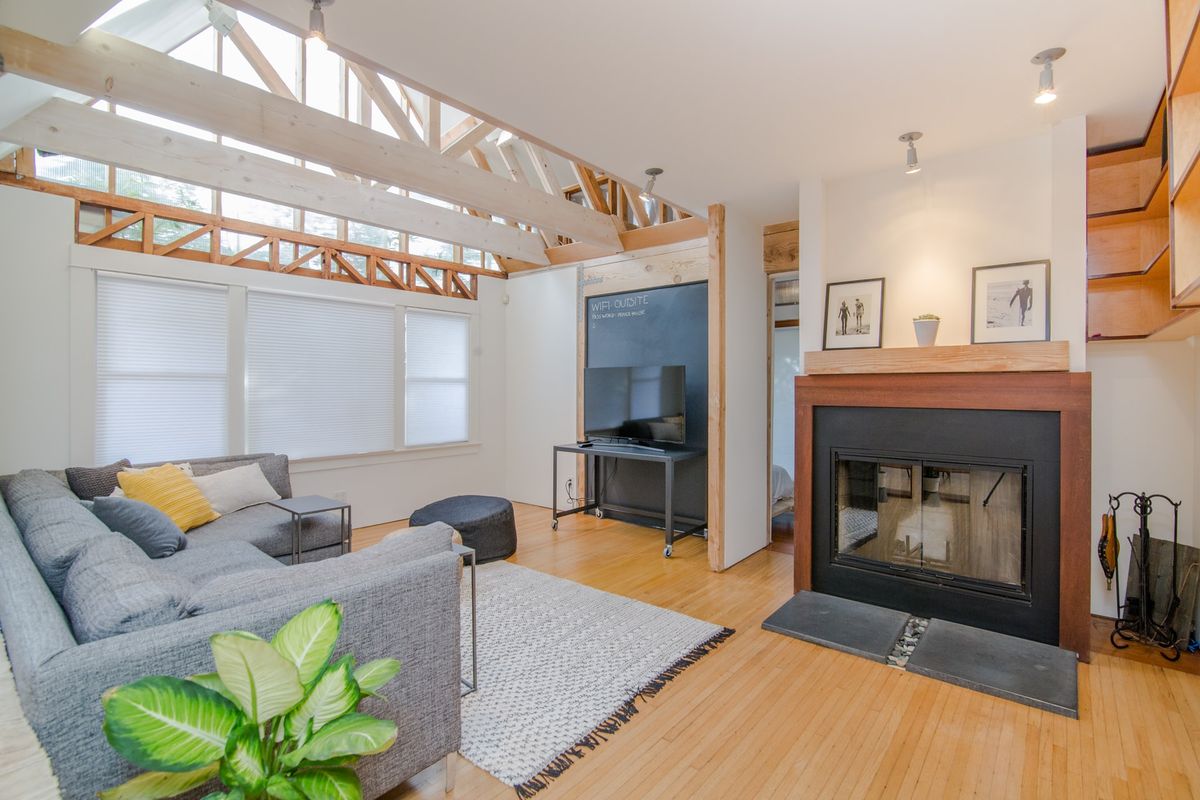
Roses are some of the most beautiful and popular flowers in the world. Starting a rose garden can seem daunting to many people, but growing roses doesn’t have to be a hard and stressful endeavor. In fact, nearly anyone can become a successful rose gardener with proper planting and care. There are thousands of different varieties and species of roses.
All you have to do is decide what type you want, the use it will be put to and color and fragrance. Before you buy roses, make sure to check the leaves, stems and flowers and only purchase strong and healthy plants. By doing so, you’ll prevent a lot of potential problems right from the start. In this article we will tell you everything you need to know about growing roses.
Cultivation
Most roses need shelter from cold or strong winds, good light, and preferably full sun. Don’t plant roses under trees and generally not less than two to three feet apart for most rose bushes, and at least 18 inches away from the base of walls for ramblers and climbers, because they benefit from plenty of room and air. The soil needs to be thoroughly dug over and improved before planting, because roses root quite deeply and are hungry feeders. Make sure to dig in plenty of bulky organic matter.
Any organic matter will help ensure strong and healthy growth, even though many traditional rose growers prefer to use well-rotted manure. They like a well-prepared clay soil, which is rich in organic matter. Most roses won’t tolerate extremes of alkalinity or acidity, usually preferring soils which are slightly acid or neutral. However, if the soil is alkaline, treating it with sulphate of iron or sulphur chips will help to make it a bit more acidic.
Planting
For pre-packed and bare-root roses, dig out a hole deep and large enough to easily accommodate the spread out roots at the right depth. For container-grown or containerized roses, dig out a planting hole twice as wide and two to three inches deeper than the pot. Once that is done, prepare a planting mixture of garden soil mixed with organic matter, and mix in some granular rose food.
In the next step, line the base of the planting hole with two-inches depth of planting mixture and put the rose in the hole. Now, make sure that it’s at the correct depth and then fill the hole with the remainder of the planting mixture. Slowly firm the planting mixture and then water in thoroughly and mulch the soil.
How to care
Roses rarely need watering once they’ve become established, because they are deep-rooting plants. However, even established roses may need watering in prolonged periods of dry weather. The best way to give the roots a thorough soaking is by using a drip-feed system. Also, watering in the evening rather than during a hot day minimizes water loss through evaporation. Roses are known as hungry feeders. Use a granular rose food to feed established roses in early spring, and again in the middle of summer.
Nutrient deficiencies shouldn’t occur if you have prepared the soil prior to planting and fed roses correctly. However, if yellow leaves occur, the rose may be suffering from manganese and/or iron deficiencies. Apply a suitable plant tonic to balance out these deficiencies. Mulches are very important and extremely valuable. They help reduce the level of maintenance needed and help maintain favorable soil conditions, by helping to retain moisture in the soil, maintain soil temperature and suppress weeds.
Don’t apply a mulch to dry soil. It is best applied when the soil is moist and warm. Remove or kill any weeds before applying the mulch, especially deep-rooted perennial weeds. Most mulching materials need to be at least three to four inches thick to conserve soil moisture and effectively control weeds.
Pruning
You need to prune and deadhead your roses to keep them healthy, lush, and full of blooms. Most experienced gardeners prune their roses in early spring, as the plant start to grow. Keep in mind that you want your plants to grow with an open center to keep your rose from looking like a crazy mess of branches – and so air can flow freely through the plant.
As you do this, cut out small weak canes, as well as any dead branches. You usually prune your roses early in the season, but deadhead throughout. Deadhead actually means cut off faded blooms. This helps prevent disease issues, makes your roses look better, and can encourage more blooms. When you’re cutting faded rose flowers, do it back to the nearest leaf.



